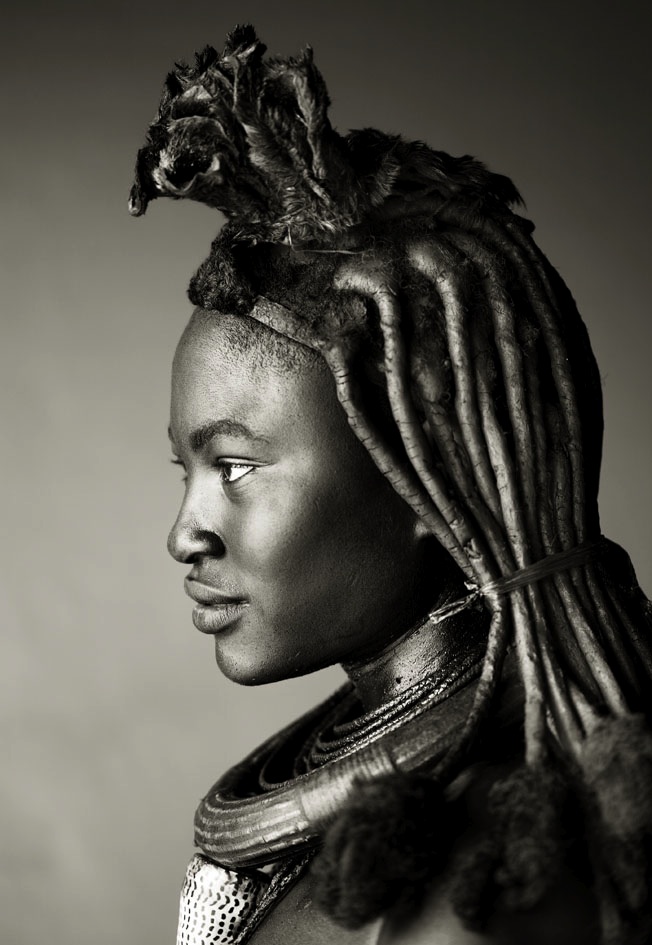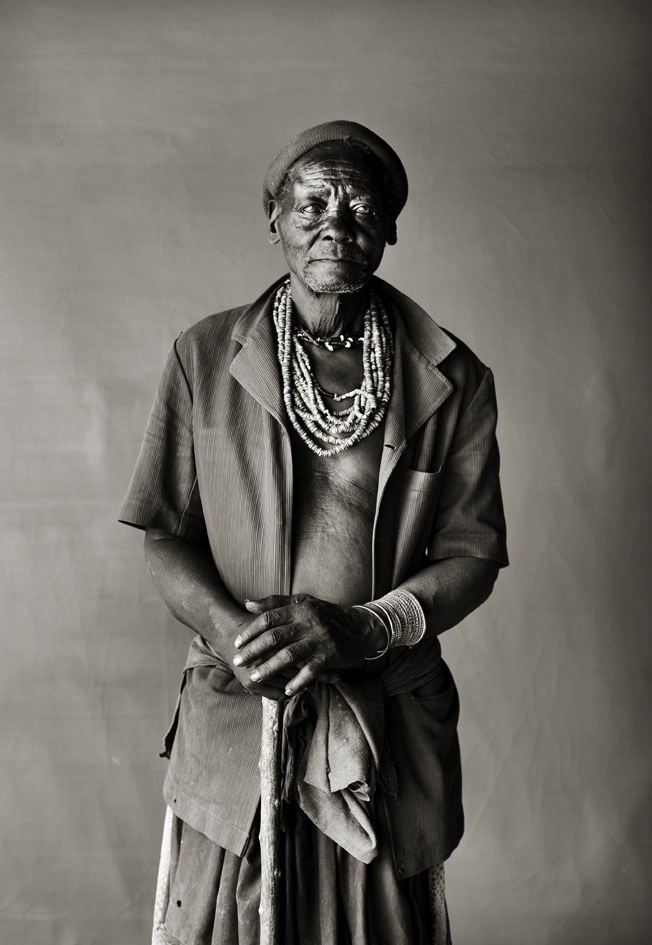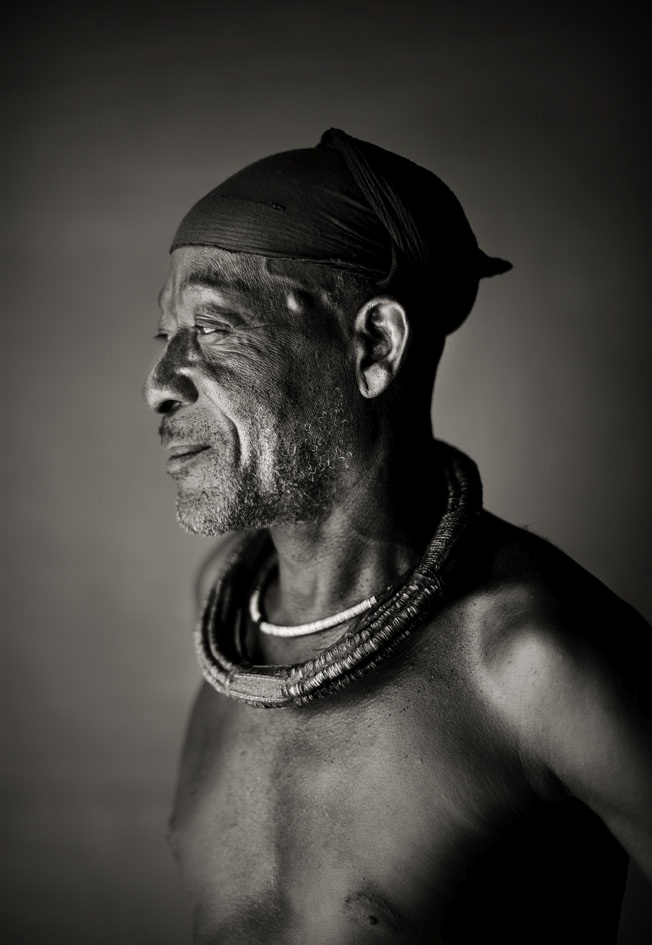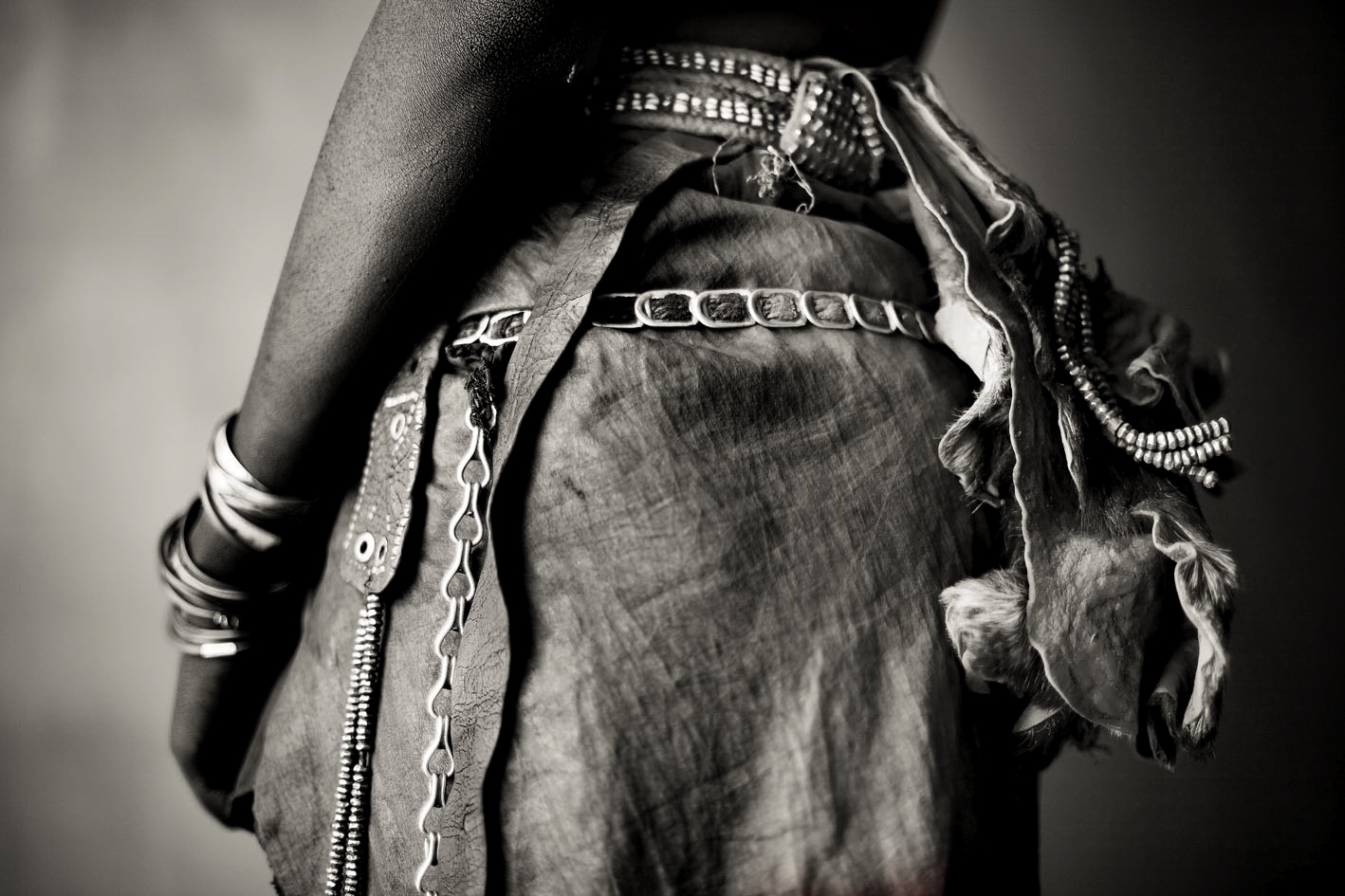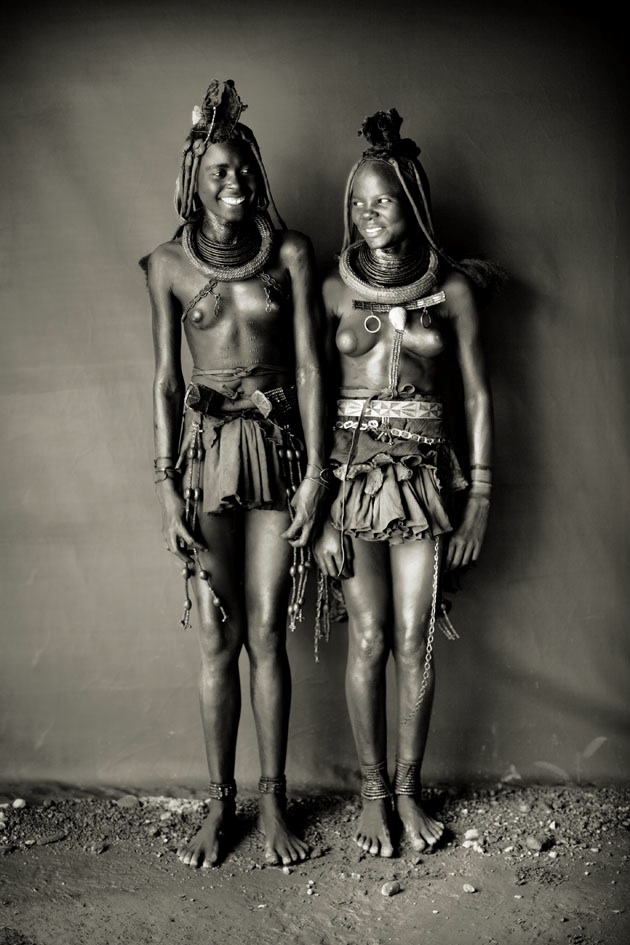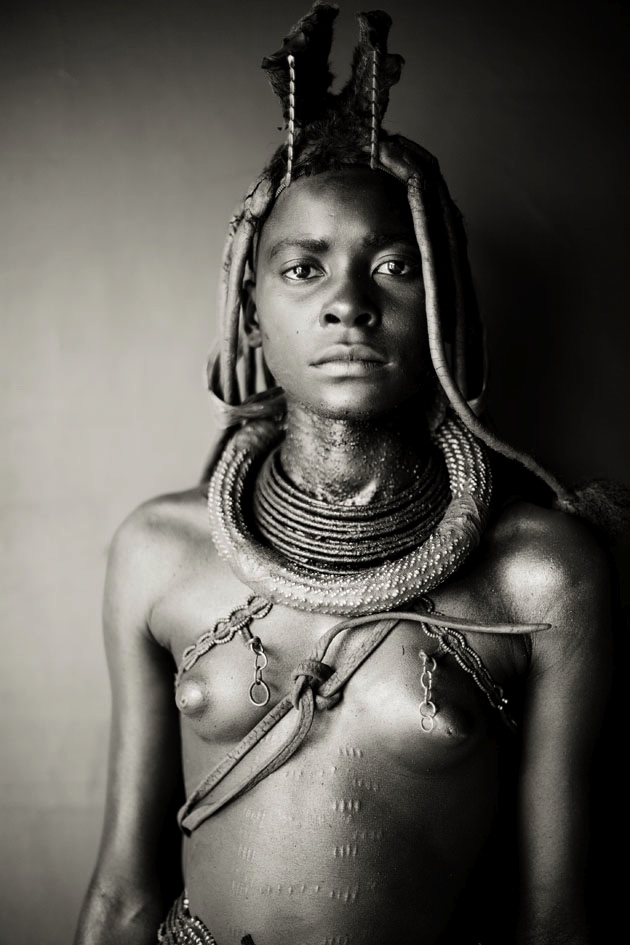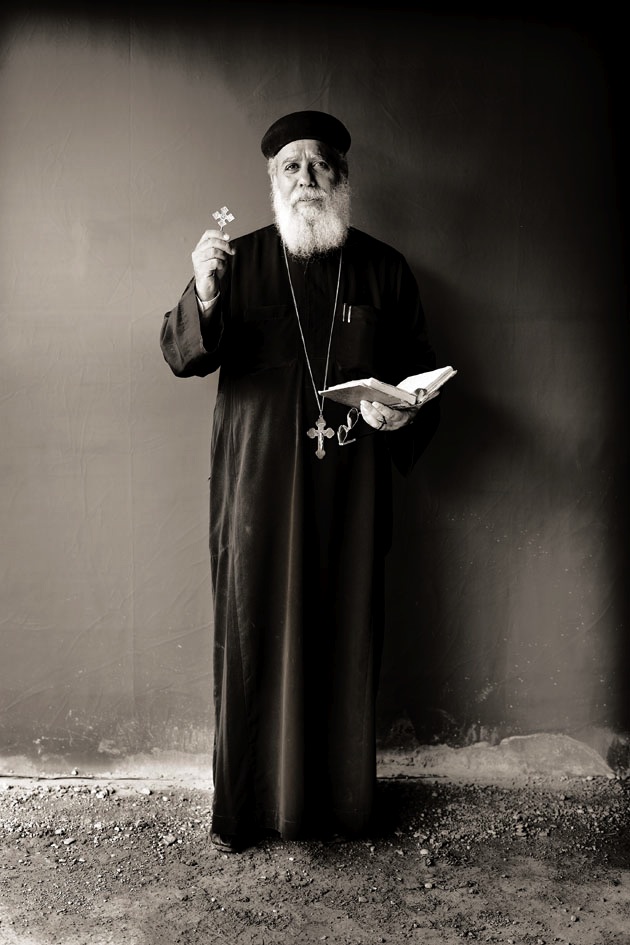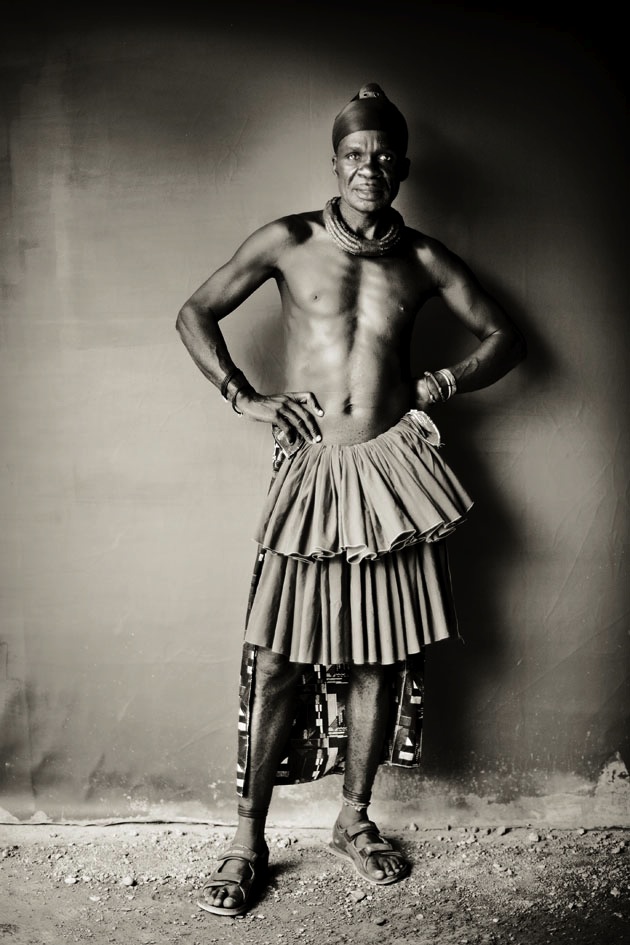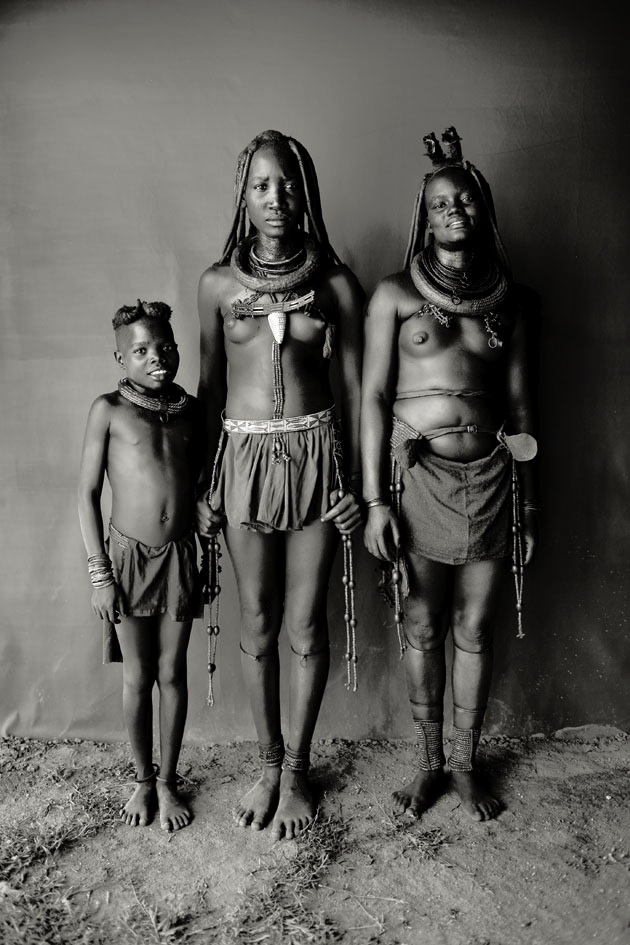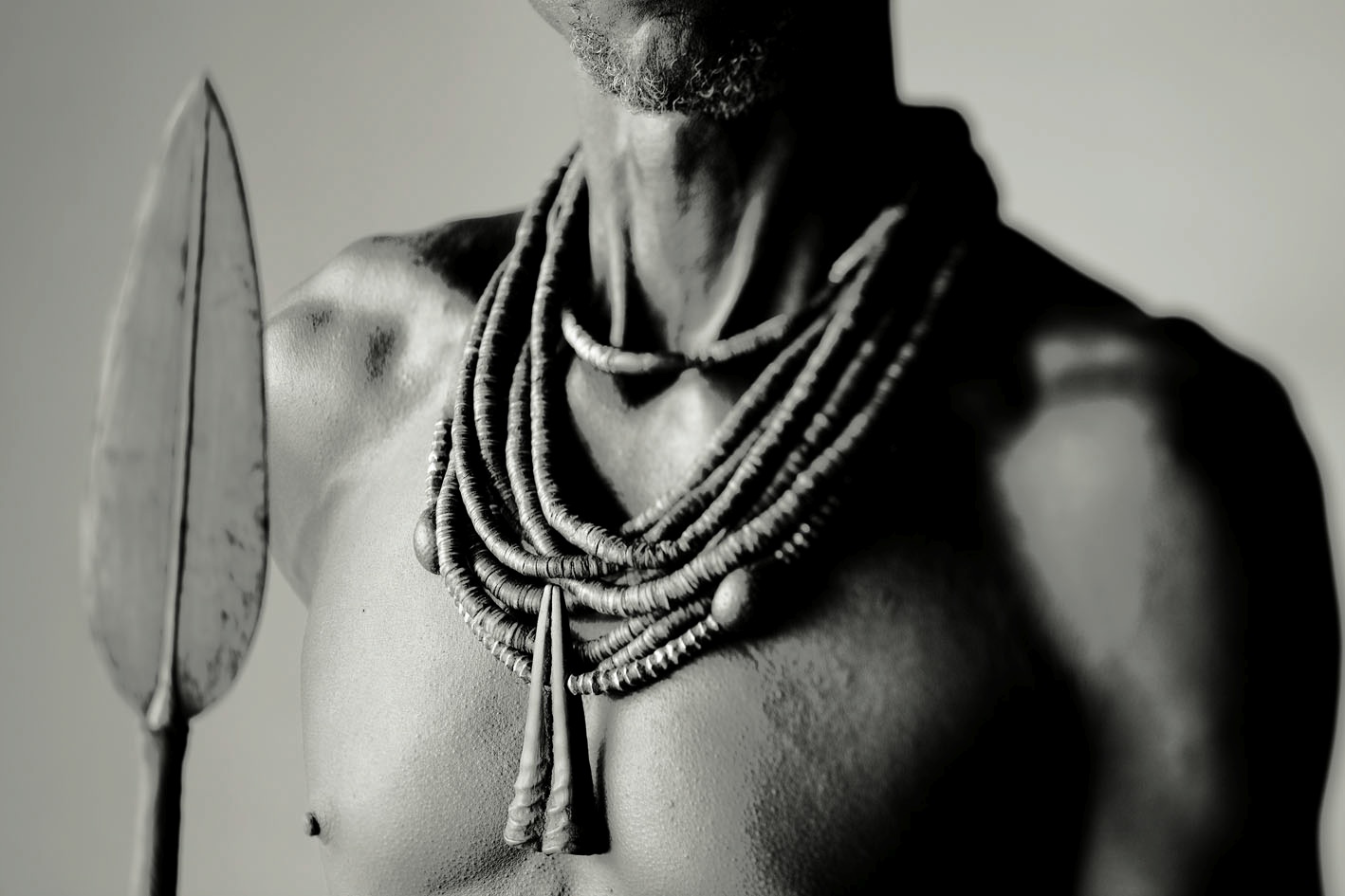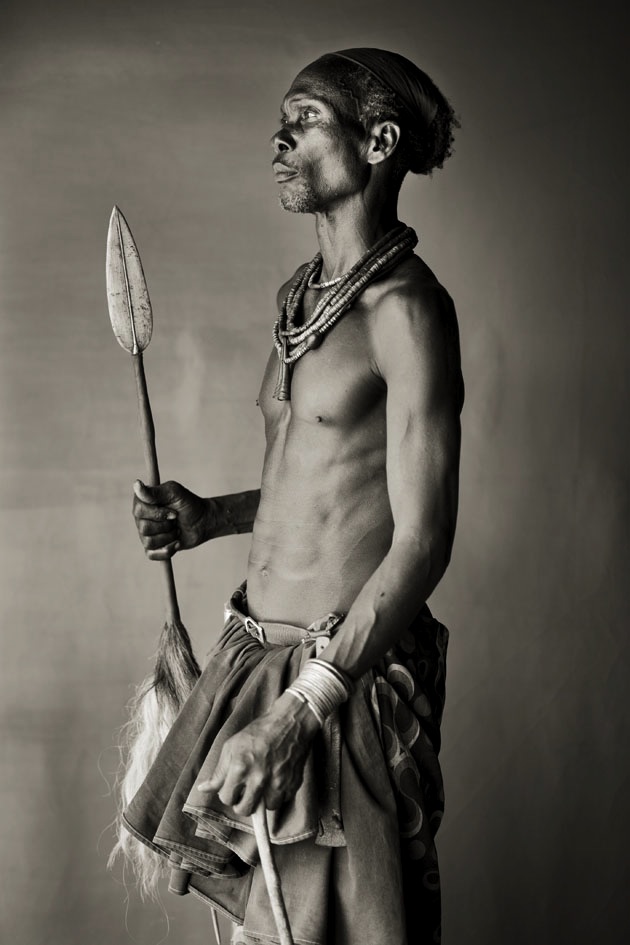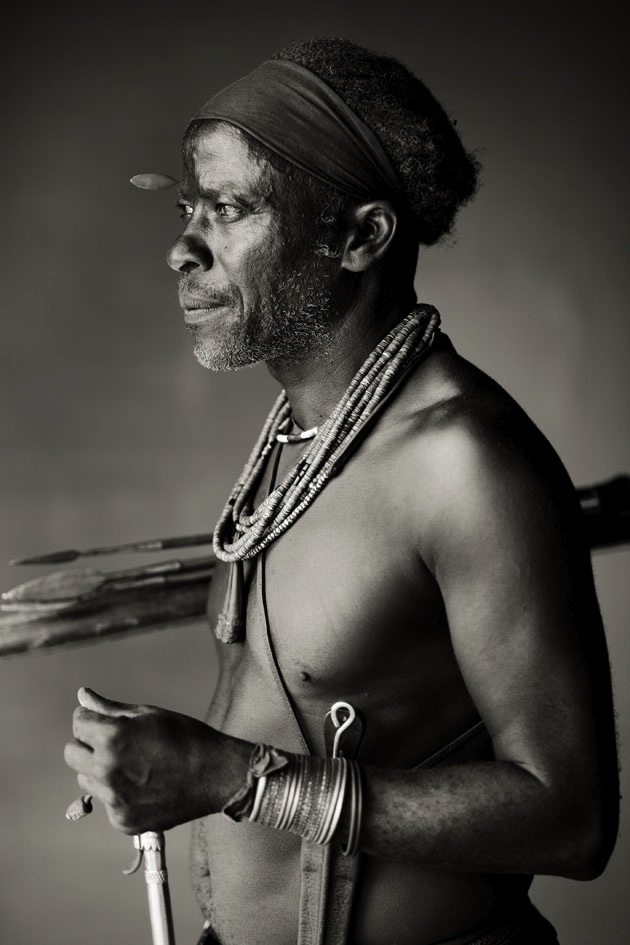Himba Exhibition opening March 2011
The Mobile Black studio owes its origins to a book the late Irving Penn did in the 70's.
He travelled to various parts of the world with a portable studio and photographed primitive people with only the available daylight.
In 1985 Dirk Pieters spent 9 months photographing people in the same way.
The exhibition was called Portraits in a tent. Some of the photographs can be viewed online at www.theblackstudio.co.za
The original test studio was only big enough to manage one or two people at a time and it was always Dirk's plan to build a bigger studio and continue the project.
The Mobile Black studio is 4m wide and 5m long,big enough for larger groups.
The first pilot project was completed at Afrikaburn 2009 where people were photographed and asked to write down what gave them joy.
Photographing a primitive culture has always however been the plan. For the last 20 years, photographing the Himba have been an unexpressed project.
Why do you use a tent studio?
For me Light is a way that allows me to convey emotion. Deep in every human's collective unconsciousness is a sunrise and sunset that every day allows us to connect with our own feelings. The viewer will always respond deeply to beautiful light, its deeply rooted in all of us.
"I feel that photographing people in any available light does not always do justice to their beauty and spirit. Being able to control the light and the background allows me to do this. My aim with the Himba is to allow their humanity to come through and not see them as a downtrodden suffering culture which the western media likes to do I don't control the performance of my subjects in any way other than attempt to photograph them in a way that allows the viewer to identify with them easily despite the primitive dress.
Why photograph the Himba?
The Himba carry the energy and represent for me the beautiful primitive black man that resides in all Southern Africans with African ancestors.
Globalisation and Westernisation is swallowing up and adulterating primitive cultures all over the world. In a few generations time we will not be fortunate enough to meet real Himba's. The beauty of the Himba's and all primitive cultures need to be documented properly. The main reason I did this is that I wanted to change some of the opinions that westerners have on primitive culture
in that primitive people are often seen as inferior or less intelligent.I want to show that although the Himba's are not educated,they are certainly not fools and my experience is that they were also remarkably happy.
We interviewed most of the people we took portraits of and found similarities in their likes, dislikes, hopes and dreams.
One of the Headmen we interviewed spoke intelligently of his successes and problems as a livestock farmer and even told us about the truck he wanted to buy. This farmer owned R3.6 million worth of cattle. I could just as well have been talking to a German dairy farmer.
We asked all the people we photographed if they would be willing for us to use the images in books,exhibitions and media and we gave them photographs to keep.
Aren't you just using them to make money for yourself.
While it will be nice to make lots of money, that's not been my primary intention. It's been an expensive project so far and hopefully I will be able to recoup some of my costs. I would love to exhibit the pictures to a wider audience but having the honour of being able to meet them and document them has been worth it already. My deepest wish is to be able to travel around South Africa doing the same thing.
